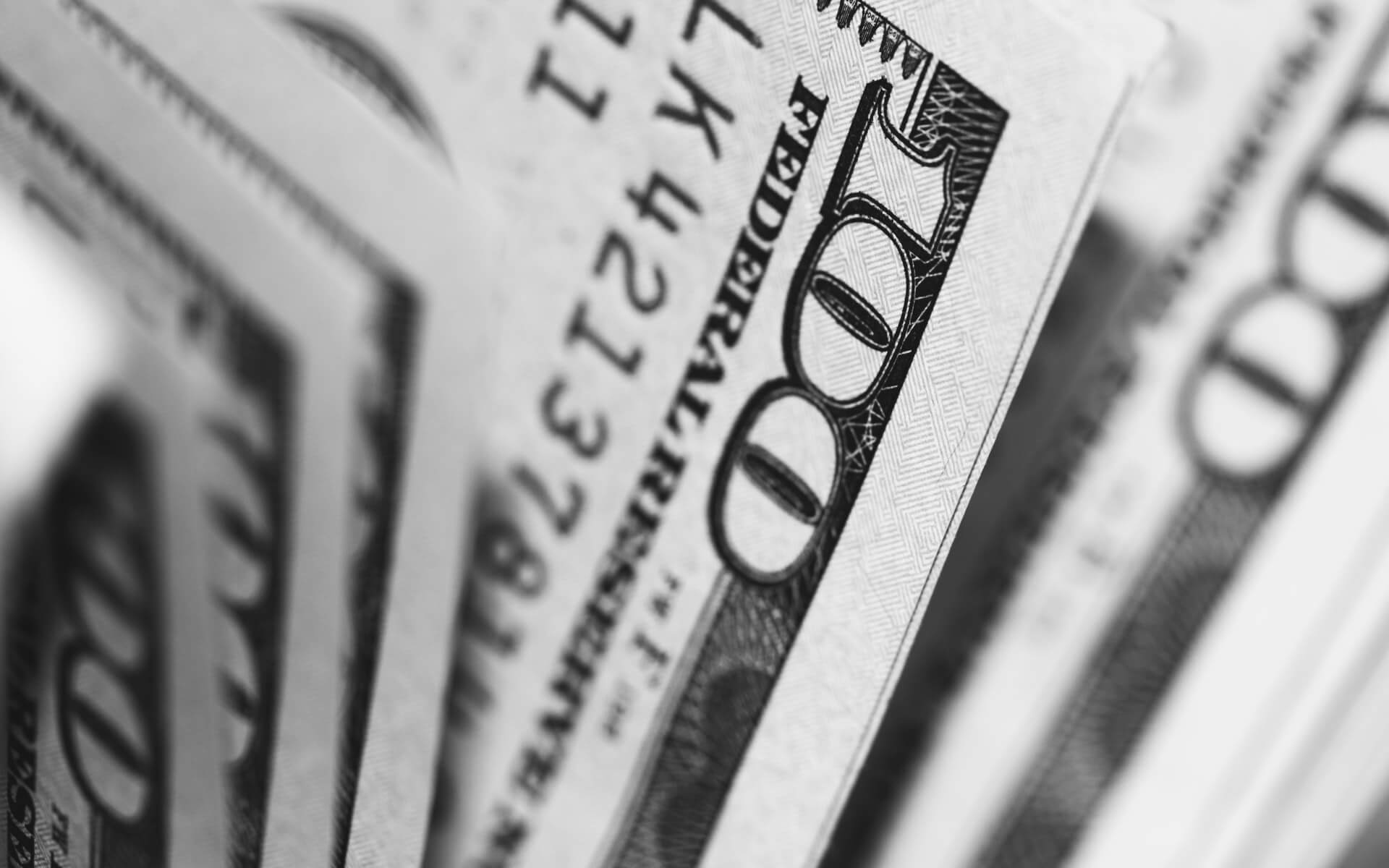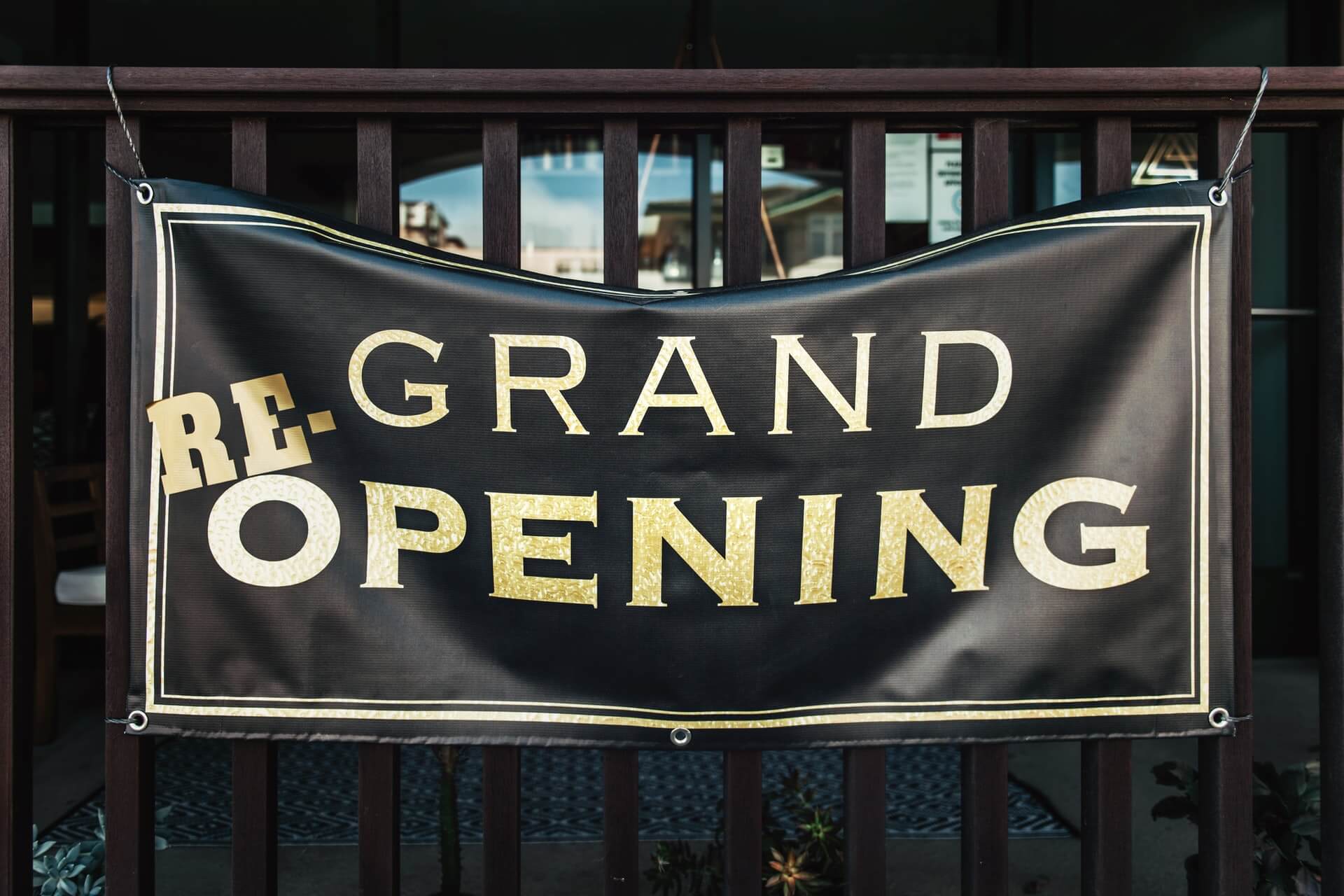Which US Cities and States are the Happiest?
by David Klemt

As an entrepreneur and operator evaluating a market for a first location or expansion, it can help to know where people are happiest.
Equally as helpful: Knowing the cities and states that are the least happy. Not, necessarily, so an operator can avoid these markets.
Rather, one’s concept may be a ray of stress-free sunshine for a given community. Providing a great workplace with a positive culture can work wonders for both the happiest and least-happy places. And as the cornerstones of the communities they serve, restaurants and bars can improve their guests’ quality of life.
We’ve looked at the US cities with the greatest inflow and outflow (which can reveal happiness levels), as identified by Redfin. And we’ve checked out the best US retirement cities, researched by Clever.
Now, we’re taking a look at which US cities and states are the happiest and least happy, according to WalletHub. In case you’re unaware, personal finance site WalletHub researches a vast array of topics. You can browse them here.
Happiest Cities
While determining which are happiest, WalletHub identified the happiest 182 cities. Obviously, that’s a far cry from how many cities are in the US.
According to one source, there 19,495 cities, towns, and villages across the country (per data from 2018). Of those, 4,727 cities have populations of 5,000 or more. A total of 310 cities have populations of at least 100,000, and only ten are home to one million people or more.
So, living in any of the 182 cities WalletHub suggests one is pretty happy. However, these are the ten happiest cities, in descending order:
- Fremont, California
- Columbia, Maryland
- San Francisco, California
- San Jose, California
- Irvine, California
- Madison, Wisconsin
- Seattle, Washington
- Overland Park, Kansas
- Huntington Beach, California
- San Diego, California
As you can see, six of the 10 cities are in California. In fact, 29 of the 182 cities on this list are located in the Golden State.
To create their list, WalletHub analyzed several metrics that make up three main categories: emotional and physical well-being; work environment; and community and environment.
Fremont, CA, is number one for emotional and physical well-being. The top spot for work environment goes to San Francisco, CA. And the number-one city for community and environment is Casper, Wyoming, which is number 79 on the list overall.
Least-happy Cities
Again, understanding that there are more than 19,400 cities, towns, and villages in the US alters the context of this list a bit.
Living and operating in one of these 182 cities indicates a person is living in a happy city. Basically, it isn’t the worst place to live if it’s on this list.
At any rate, let’s look at the 10 cities that make up the bottom of WalletHub’s list. Or, the “least-happy” cities, at least as far as these rankings are concerned.
- Detroit, Michigan
- Gulfport, Mississippi
- Memphis, Tennessee
- Huntington, West Virginia
- Montgomery, Alabama
- Cleveland, Ohio
- Augusta, Georgia
- Fort Smith, Arizona
- Mobile, Alabama
- Shreveport, Louisiana
Happiest States
WalletHub also ranked 50 states to determine the happiest and least happy. I checked, and, yep, that’s all of ’em! I will say it’s a bit disappointing they didn’t include Puerto Rico, but it isn’t the 51st state (yet).
WalletHub focused on 30 metrics to rank the states, which make up three main categories: emotional and physical well-being; work environment; and community and environment.
In descending order, the happiest states in America are:
- Hawaii
- Maryland
- Minnesota
- Utah
- New Jersey
- Idaho
- California
- Illinois
- Nebraska
- Connecticut
Hawaii doesn’t just take the top spot overall, it also claims number one for emotional and physical well-being. Utah takes first for work environment, and community and environment.
Rounding out the “happiest half” of the US are:
- Virginia
- South Dakota
- North Dakota
- Massachusetts
- New Hampshire
- Iowa
- Delaware
- Florida
- Georgia
- North Carolina
- Wisconsin
- Washington
- New York
- Maine
- Wyoming
Least-happy States
Conversely, the following are the least-happy states, starting with the unhappiest:
- West Virginia
- Louisiana
- Arkansas
- Kentucky
- Alabama
- Mississippi
- Oklahoma
- Tennessee
- New Mexico
- Missouri
Filling out the least-happy half of the country are:
- Alaska
- Michigan
- Ohio
- Indiana
- Texas
- Nevada
- Vermont
- South Carolina
- Kansas
- Arizona
- Colorado
- Montana
- Rhode Island
- Pennsylvania
- Oregon
In terms of the three metrics WalletHub analyzed, West Virginia is ranked last for emotional and physical well-being. Unfortunately, Mississippi is last for work environment. And Texas comes in last for community and environment.
Image: chaitanya pillala on Unsplash


